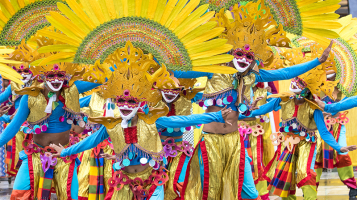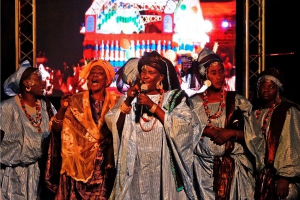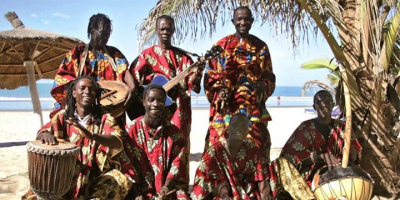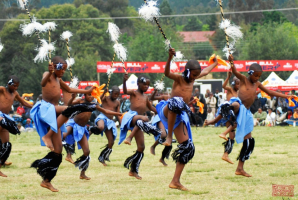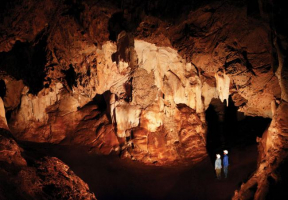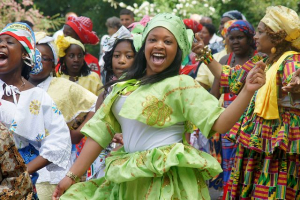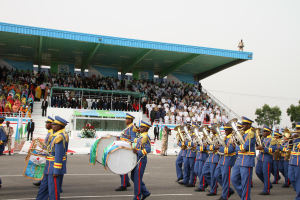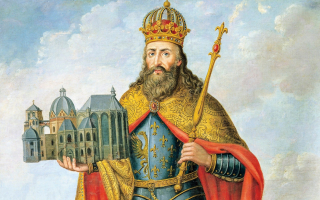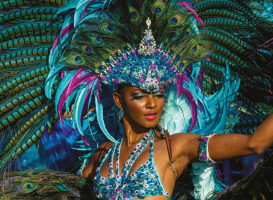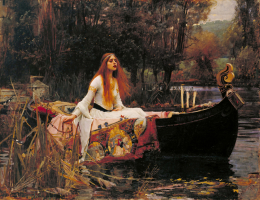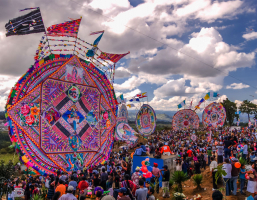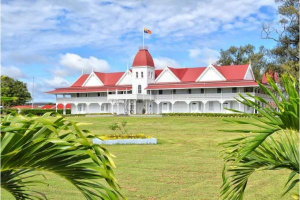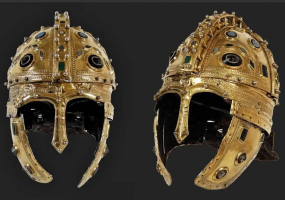Top 7 Most Famous Child Prodigies
The brilliantly distinct minds that think above what the average human mind is capable of are known as the excruciatingly young geniuses, or child prodigies as ... read more...they are famously referred to. You will have conflicting emotions as a result of these individuals' tremendous skill and aptitude; you will beam with pride, gape in astonishment and admiration, and cry with jealously. Research, experiments, and studies are currently being conducted to ascertain the precise reason for the origin of these brilliant minds because scientists are still unaware of the answer. It is wonderful to see the shrewdness and foresight these learners had at a very young age, critical reasoning and all. Here are some famous child prodigies in the world history we have collected in this list for you.
-
Leopold, Wolfgang Amadeus Mozart's rigorous father who was also a well-known musician of his time, oversaw his upbringing in Salzburg. Even as a young child, Mozart's musical talent was evident, and as a result, his father brought him and his older sister on performance tours to Munich and Vienna in 1762 when they were six years old, then again in 1763–1766 through the south of Germany, Paris, and London. Due to his superb piano skills and improvisations, Mozart was hailed as a musical wonder child around the world.
He was knighted by the Pope in Rome in 1769 and appointed concertmaster of the archbishop. Despite working in Salzburg, he visited other European countries to interact with orchestras and other composers. However, in 1781, following a disagreement with the archbishop, he left Salzburg and traveled to Vienna, where he wed Constanze Weber, a native of Mannheim. Along with beginning their connection in Vienna, he also began a period of prolific writing. For instance, he wrote "Die Zauberflöte", one of his greatest works, in the final year of his life. Even though some of his operas were popular, he was unable to profit from them and, at the age of 36, he passed away in poverty despite having worked on a "Requiem" on his final day. Years later, it was impossible to pinpoint the exact location of the community burial where he was interred. There is a Mozart Museum in Salzburg, Austria, the city of his birth, and the annual Salzburg Festival is mostly devoted to his music. Many shops and streets in Salzburg are named after him as well.
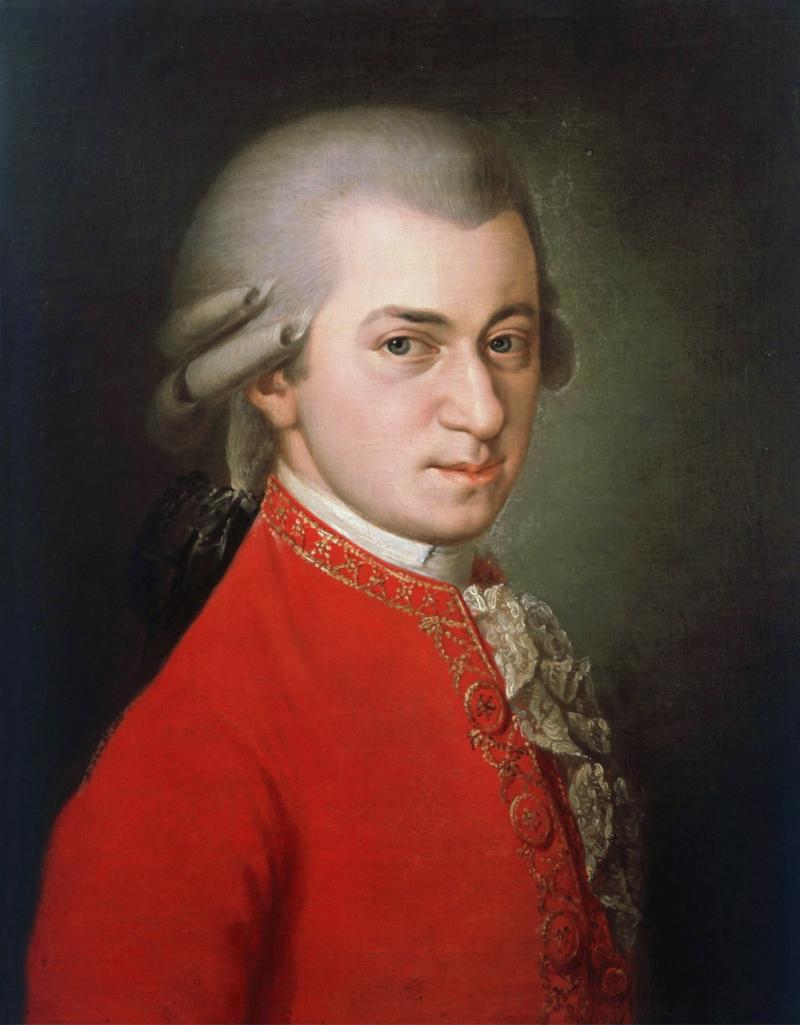
Source: Famous People 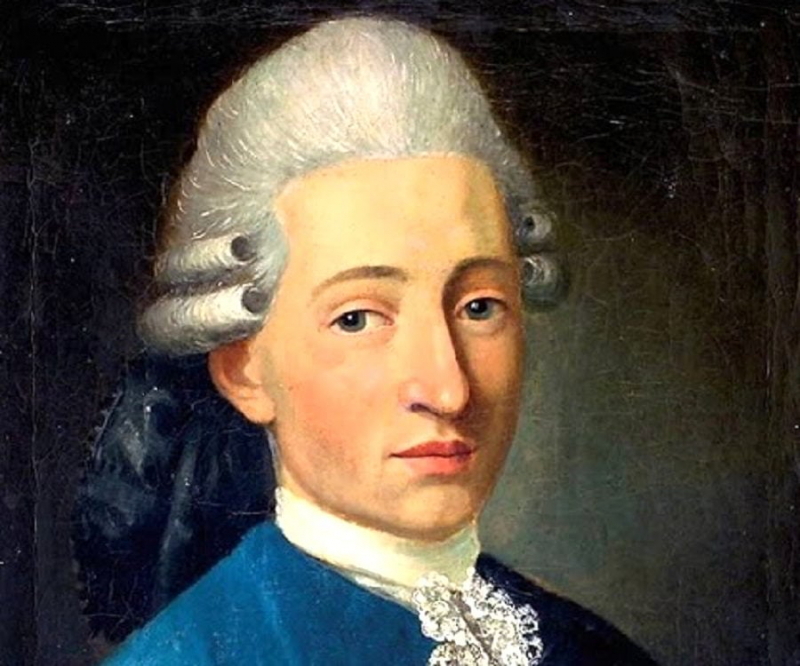
Source: Famous People -
In Malaga, Spain, on October 25, 1881, Pablo Ruiz Picasso was born. In the early years of his life, he lived with his family between Málaga and La Corua. There he discovered his love of drawing and painting. What sort of youngster was Picasso? When did he begin painting?
Pablo found school to be boring and failed to pay attention. In his book Picasso, Portraits and Memories, Sabartès, a friend of the artist, recalls how the young Malagasy child screamed every morning when the maid carried him to school. He spent his time in class sketching and cutting out paper figurines. He was given permission to bring in a pigeon, which he continued to draw in a classroom corner. Picasso created his first oil painting when he was just 8 years old. "The Little Yellow Picador" was the title. Different persons are depicted in the background, the youngster applies himself to the composition with a desire for perspective, and there is a strong spontaneity of line, backed by the color yellow and the specifics of the picador on his horse's outfit. Pepe, who frequently brought Picasso to the shows, sometimes gory, is likely to blame for Picasso's fascination for bullfighting. Pigeons and bullfighting scenes were mostly his favorite themes when he was 9 years old.
Picasso has been taking drawing classes at Corua's Fine Arts School since 1892, all the while completing his traditional studies. He kept honing his drawing techniques and experimented with new tools including pastels and pencils. Pigeons, hands, and his sister Lola—one of his early favorite models—are among the recurring subjects. He published "La Corua" and "Azul y Blanco," two diminutive illustrated periodicals. Picasso painted "The Barefoot Girl" when he was just 13 years old. The "sitting woman" motif, which is declined and revived throughout his work, makes its debut here.
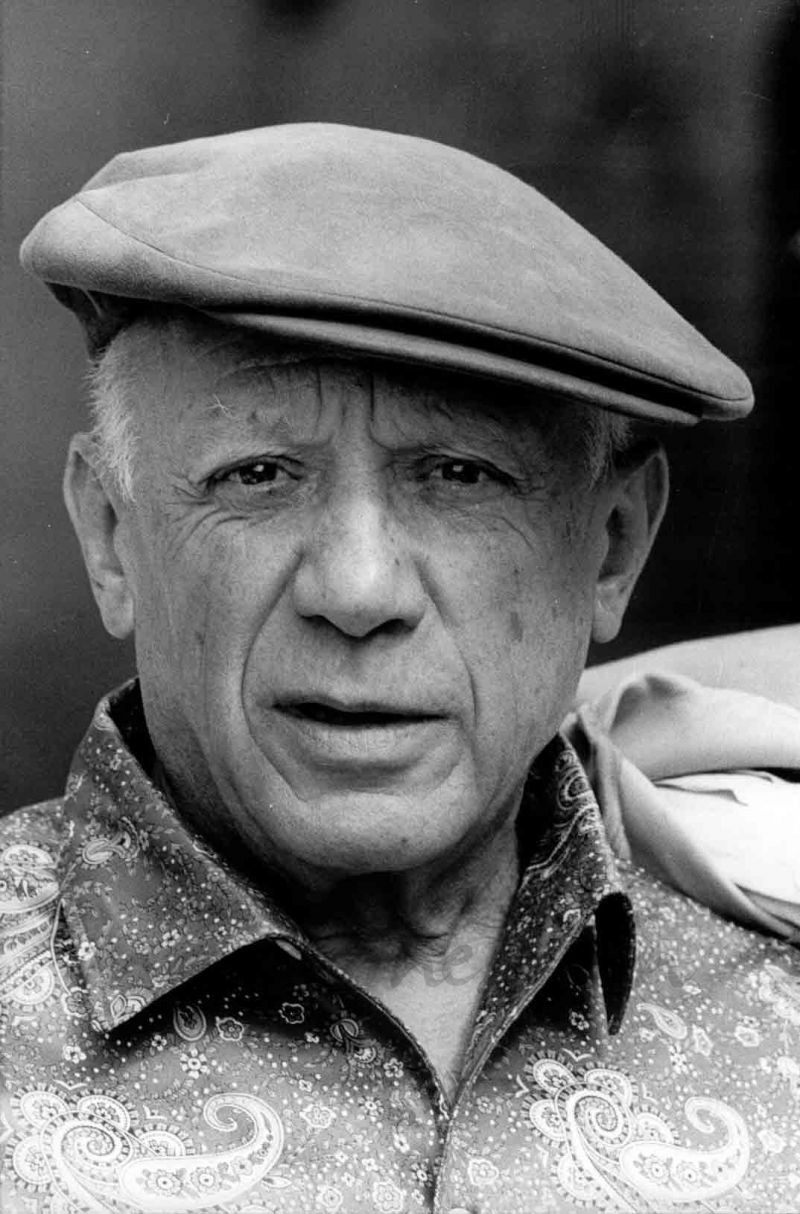
Source: Daily Express 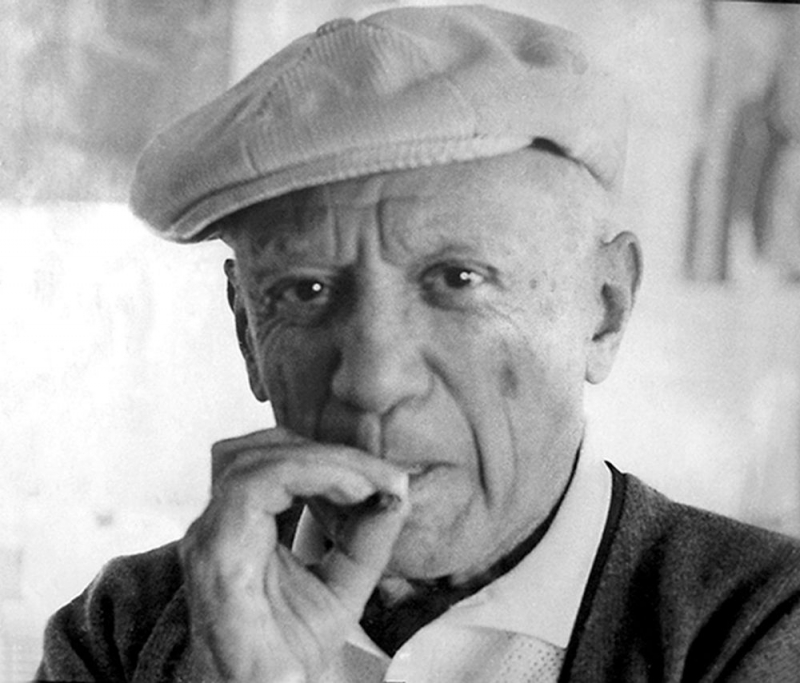
Source: SoundCloud -
The contemporary theory of probabilities was founded by the French mathematician, physicist, and philosopher of religion Blaise Pascal. The only son of Etienne and Antoinette Pascal, Pascal was born on June 19, 1623, in Clermont-Ferrand, France and died on 19 August 1662 (aged 39). He was the third of four children. In order to provide an unconventional curriculum and ensure that Pascal could express his own intrinsic interest, Etienne decided to educate Pascal at home when the family relocated to Paris in 1631. Pascal's early education focused on languages, particularly Latin and Greek.
Pascal's most significant contribution to mathematics was the invention of probability theory. It was originally used to describe gambling, but it is now crucial to economics, particularly actuarial science. In his 1654 book Traité du triangle arithmétique, now known as Pascal's triangle, Pascal devised a practical tabular display for binomial coefficients. He termed it the arithmetical triangle. Pascal started thinking about several cycloid-related issues in 1658 while experiencing dental pain. He saw the disappearance of his toothache as a divine sign to continue with his investigation. He finished writing his essay eight days later, at which point he suggested a competition to make the results known. Pascal made contributions to a number of physics subfields, most notably fluid mechanics and pressure. The name Pascal has been given to the SI unit of pressure and Pascal's law in recognition of his scientific accomplishments (an important principle of hydrostatics). In his quest to create a perpetual motion machine, he invented the roulette wheel and a crude version of the game of roulette.
Pascal's innovations and discoveries helped shape the areas of geometry, physics, and computer science, and also had an impact on 17th-century thinkers like Isaac Newton and Gottfried Wilhelm Leibniz. In recognition of the thinker's contributions to the knowledge of atmospheric pressure and how it could be calculated in terms of weight, the Pascal (Pa) unit was named after him throughout the 20th century.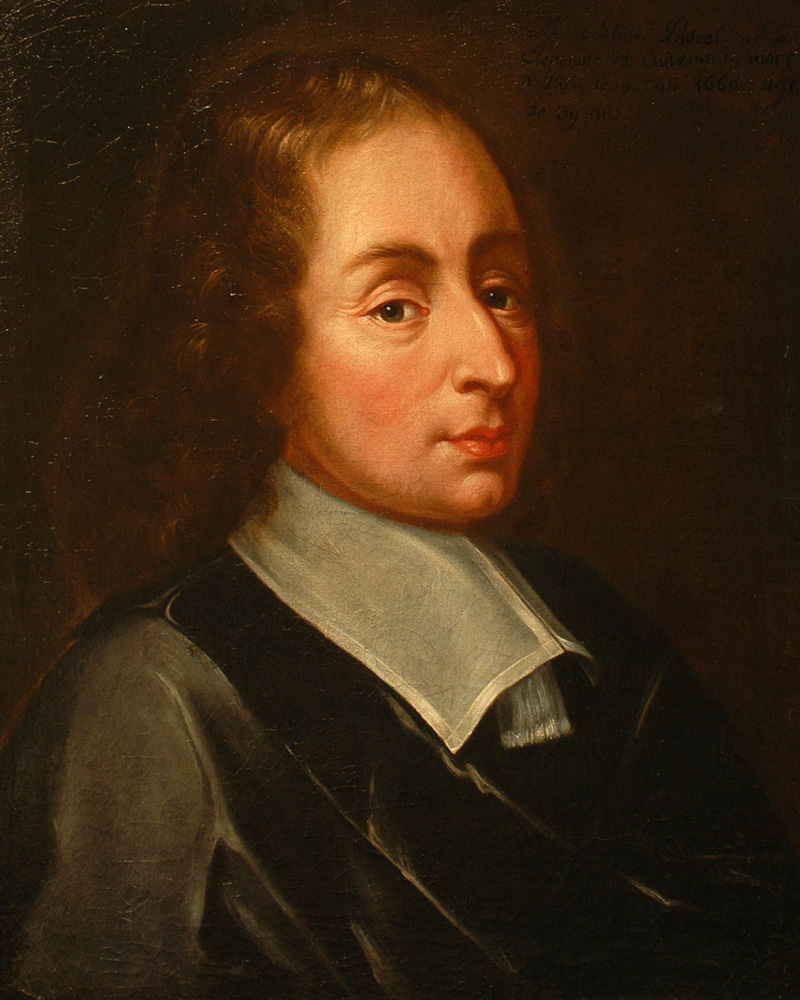
Source: SoundCloud 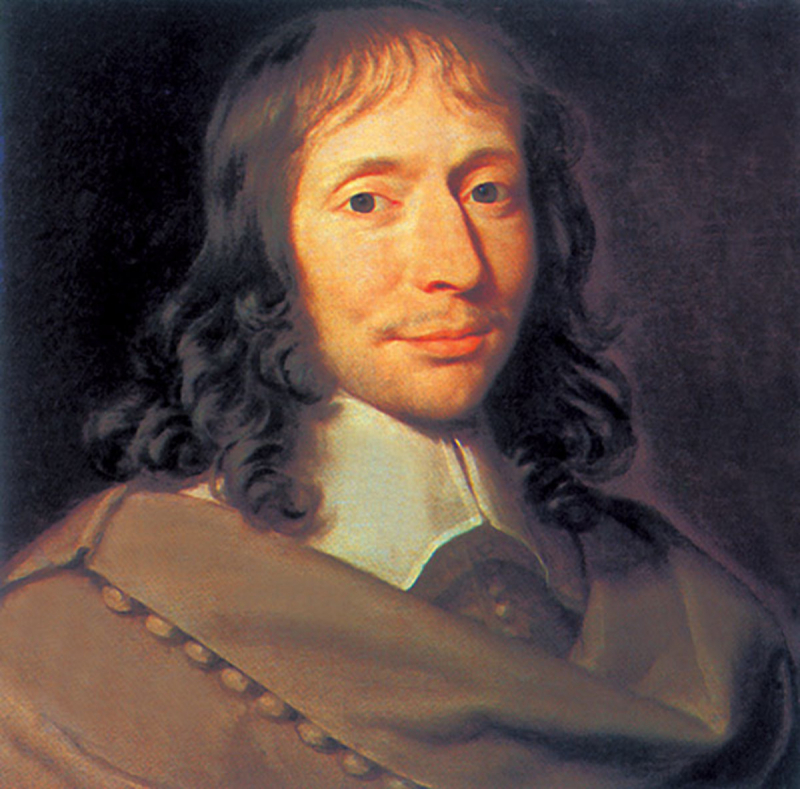
Source: Famous People -
French poet and explorer Arthur Rimbaud was born in Charleville, France, on October 20, 1854, and passed away in Marseille on November 10, 1891. He developed an aesthetic doctrine that stated that a poet must become a seer, dismantle the controls and restraints on personality, and thus become the instrument for the voice of the eternal. He was the provincial son of an army captain who started writing violent, blasphemous poems by the age of 16. Paul Verlaine, with whom he had a gay relationship and led a wild, carefree life, invited him to Paris. His best poem, The Drunken Boat (1871), shows off his astounding verbal prowess and a risky use of imagery and metaphors.
He attempted to eliminate the line between reality and hallucination in Les Illuminations, a collection of mostly prose poems composed between 1872 and 1874. At the age of 19, his final poem, A Season in Hell (1873), which blends prose sections with beautiful lyrics, served as his farewell to poetry. Verlaine shot and injured Rimbaud after they had a falling-out, and their final meeting resulted in a heated argument. After giving up writing, Rimbaud began an international nomadic life as a trader and merchant, spending most of his time in Ethiopia. He passed away at the age of 37 after having his leg amputated. The Symbolist movement and poetry of the 20th century were significantly impacted by the Dionysian power of his verse and his liberation of language from the confines of form.
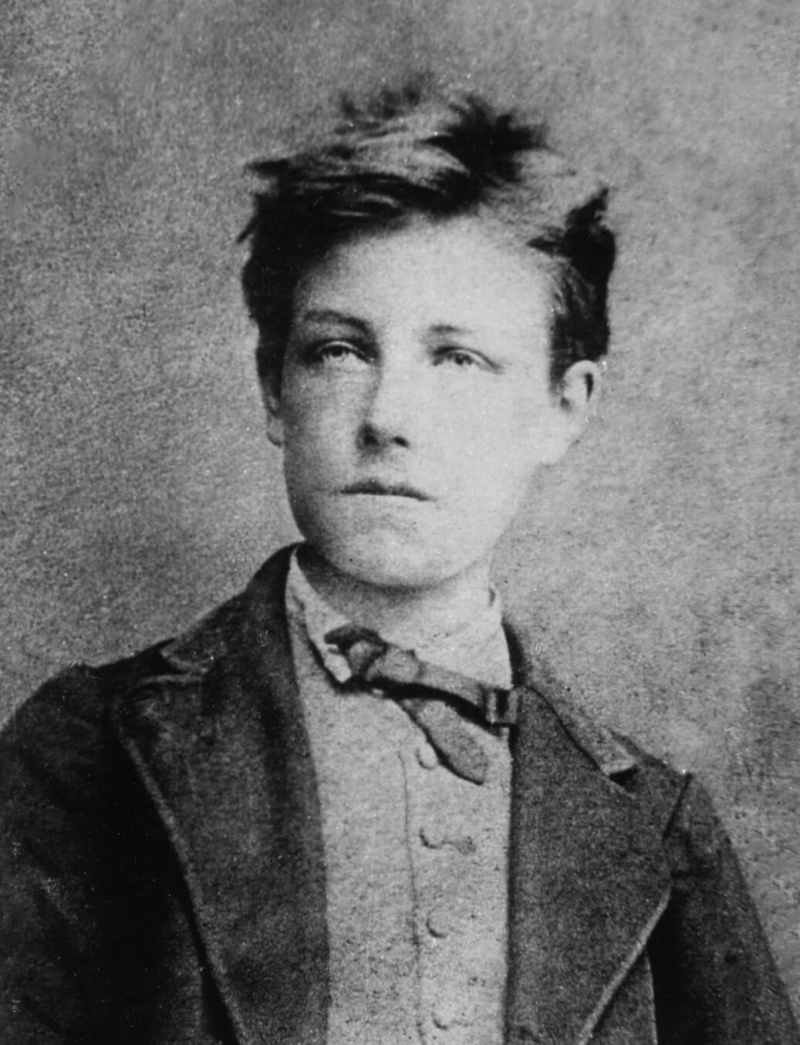
Source: SoundCloud 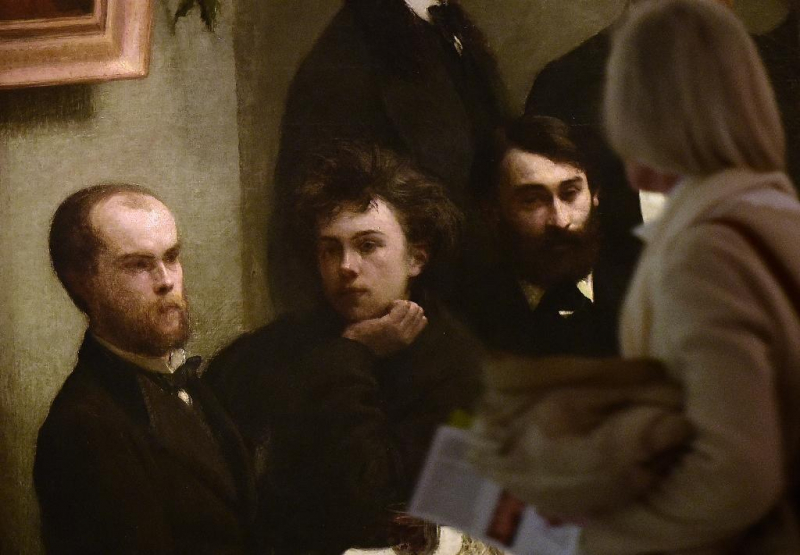
Source: Daily Express -
Jean-François Champollion was a French historian and linguist who developed scientific Egyptology and had a significant impact on the interpretation of Egyptian hieroglyphs. He was born in Figeac, France, on December 23, 1790, and died in Paris on March 4, 1832. At the age of 16, Champollion already knew six ancient Oriental languages in addition to Latin and Greek. He also gave a presentation before the Grenoble Academy in France in which he made the false claim that Coptic was Egypt's first language. At age 19, after completing his studies in Paris, he was appointed history professor at the lycée in Grenoble (1809–16).
His ongoing obsession became deciphering hieroglyphs. Champollion at last started to put the hieroglyphic jigsaw together after the English physicist Thomas Young's small success in trying to read the Rosetta Stone, which was etched with a Greek text along with hieroglyphic and demotic variants. He began writing articles about the hieroglyphic and hieratic components of the Rosetta Stone in 1821–1822 and went on to compile a comprehensive list of hieroglyphic symbols and their Greek translations. He was the first to realize that some of the symbols represented whole ideas or objects that had already been articulated, while others were syllabic or determinative. The solution to understanding ancient Egypt had now been discovered, even if many doors still needed to be opened. His outstanding discoveries, however, were met with resistance from several other academics, oftentimes caustic and personal.
Champollion led an archaeological expedition to Egypt in 1828, was appointed to a chair of Egyptian antiquities at the Collège de France and was appointed curator of the Egyptian collection at the Louvre in 1826. His published works include Panthéon Egyptian; or collection des personage's mythologies de Lancione Egypt (incomplete, 1823–25; "Egyptian Pantheon; or Collection of the Mythological Figures of Ancient Egypt") and an Egyptian dictionary (1841–43), in addition to Précis du systems hieroglyph des ancients Egyptians (1824; "Primer of the Hieroglyphic System of the Ancient Egyptians").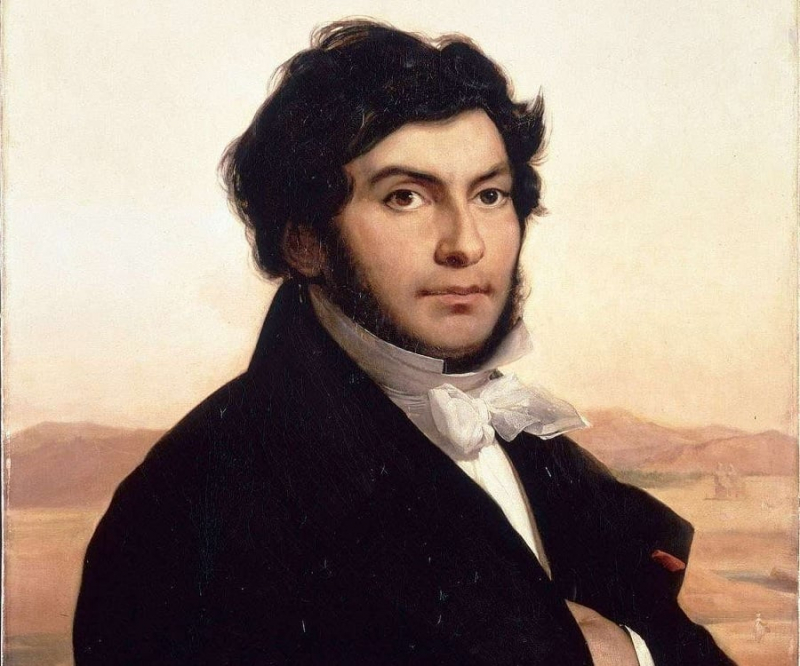
Source: Daily Express 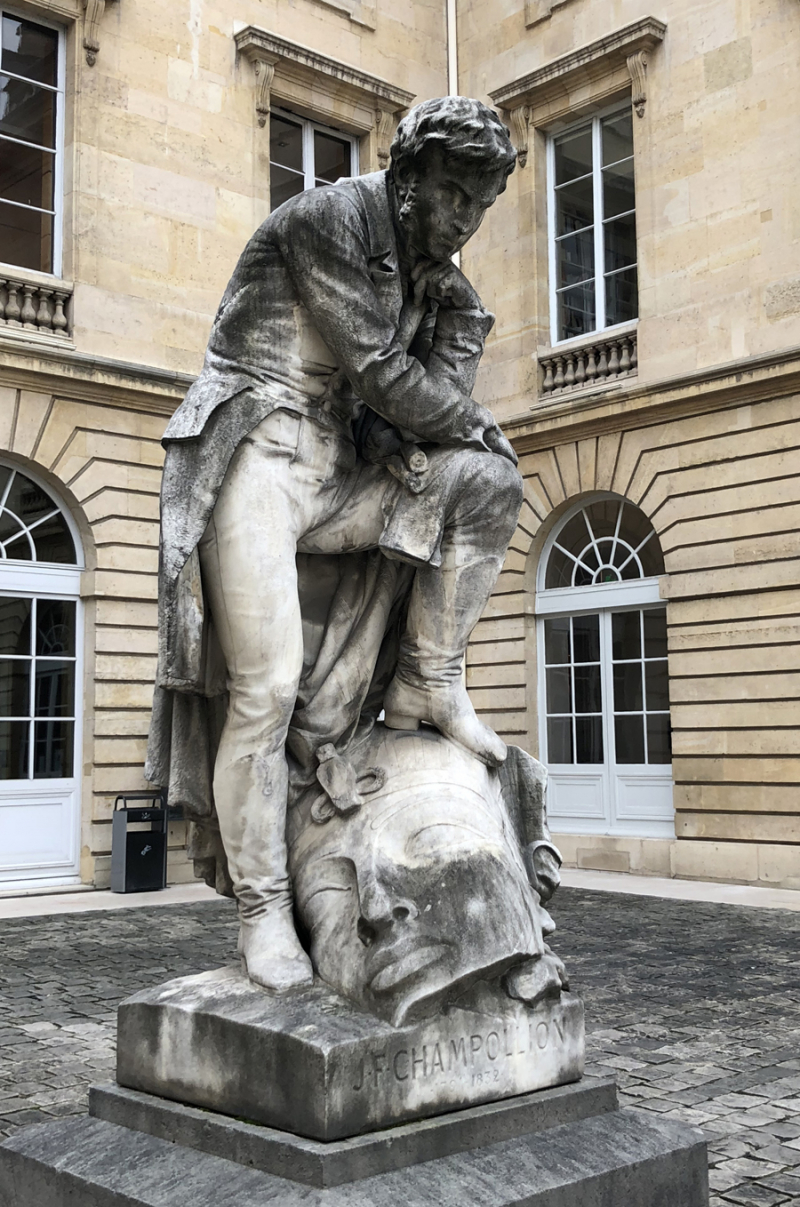
Source: Famous People -
Sor Juana Inés de la Cruz (1651?–95) was a notable author of the Latin American colonial era and of the Hispanic Baroque. She was a poet, playwright, scholar, and nun. Sor Juana was as prolific as she was encyclopedic despite having little access to formal schooling and being nearly totally self-taught.
Juana Ramrez de Asbaje was born in San Miguel Nepantla, Viceroyalty of New Spain, on November 12, 1651 (1648, according to a baptismal document) (now in Mexico). She was brought to live with relatives in Mexico City, where the viceroy was impressed by her intelligence. In 1664, he invited her to court as a lady-in-waiting and later had eminent academics examine her knowledge. Sor (Spanish: "Sister") Juana began her life as a nun with the Discalced Carmelites order in 1667 because she wished to devote her entire life to studies. Two years later, she relocated to Mexico City's Santa Paula Convent of the Hieronymite order, a more tolerant institution, where she took her vows. For the remainder of her life, Sor Juana stayed in the Santa Paula Convent.
At the convent, Sor Juana wrote, studied, and instructed the female students at Santa Paula's school in music and drama. She also performed accounting and archive tasks. Along with a collection of musical and scientific equipment, Sor Juana gathered one of the biggest private libraries in the New World. She was supported by the marquis and marquise de la Laguna for eight years starting in 1680, which enabled her to maintain her remarkable level of freedom. In the 1680s, Sor Juana rose to the position of unofficial court poet. She made contributions to the world beyond the convent through her dramas in verse, sporadic poetry, commissioned religious services, and poems for state festivals.
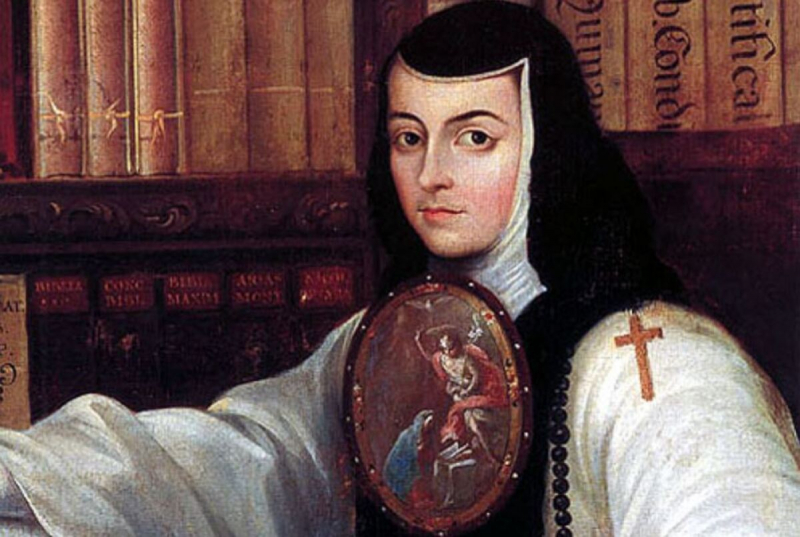
Source: Famous People 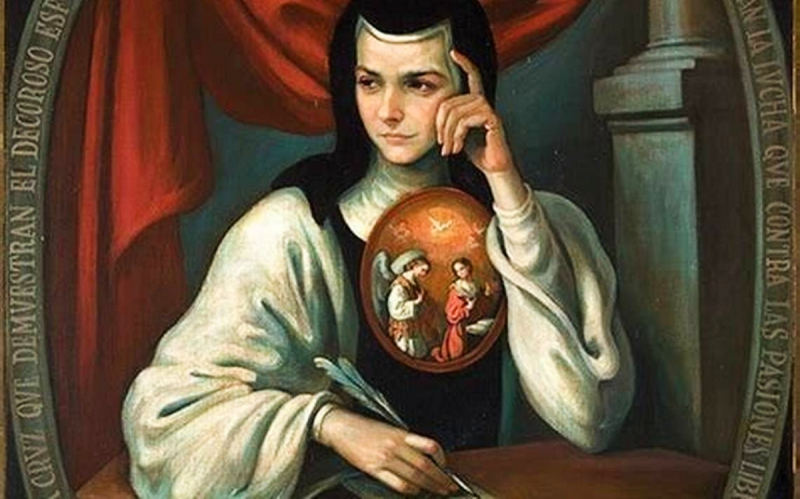
Source: Daily Express -
Born to Russian-Jewish parents in Philadelphia, Oscar Shumsky was an American violinist and conductor (March 23, 1917, in Philadelphia – July 24, 2000, in Rye, New York). Noel, a business executive and teacher, and Eric were their two boys (a violist & teacher). Shumsky's musical artistry has received a lot of attention, but nothing is known about his "other interests". Shumsky has been attracted by photography since he was a little boy in Philadelphia. He was an enthusiastic amateur photographer and was frequently seen with a camera. The famous American photographer Ansel Adams acknowledged his expertise and skills in photography. Due to their shared interests and respect, the two men grew close friends; Adams, a professional photographer, and Shumsky, a professional musician, are both photographers (pianist).
Shumsky was curious about his surroundings. He was interested in biology and microbiology, which brought him to photomicroscope. He frequently encountered situations when he required a unique mounting to connect one optical instrument to another. He built everything required to complete the assignment by teaching himself how to use a metal lathe and other machining equipment. Shumsky was extremely intelligent and could pick up any skill he set his mind to. He was a visionary whose unusual perspectives frequently astonished those with more traditional viewpoints. He was frequently the most perceptive thinker around, but he never treated others with disrespect. He had a great sense of humor and enjoyed good food and laughter. He was a loving father and a loyal husband. When he was with his wife Louise, he was happiest.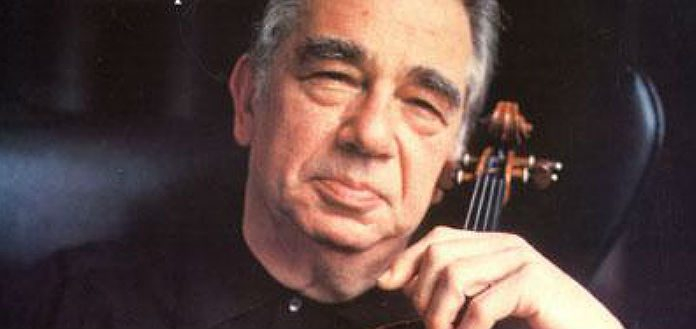
Source: Famous People 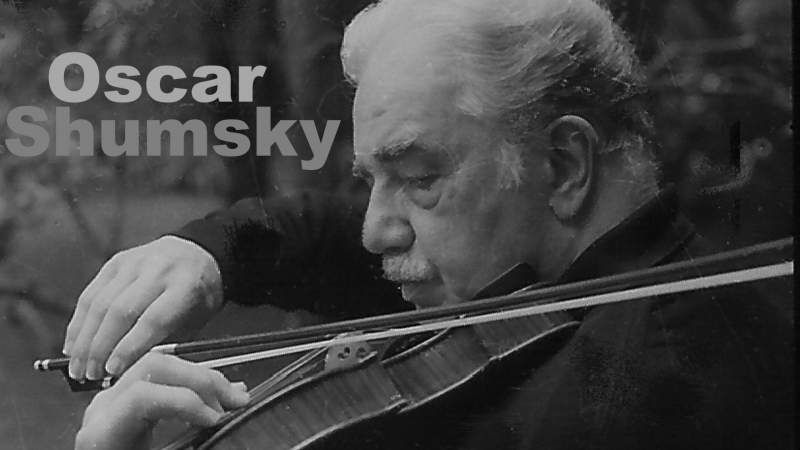
Source: Daily Express









